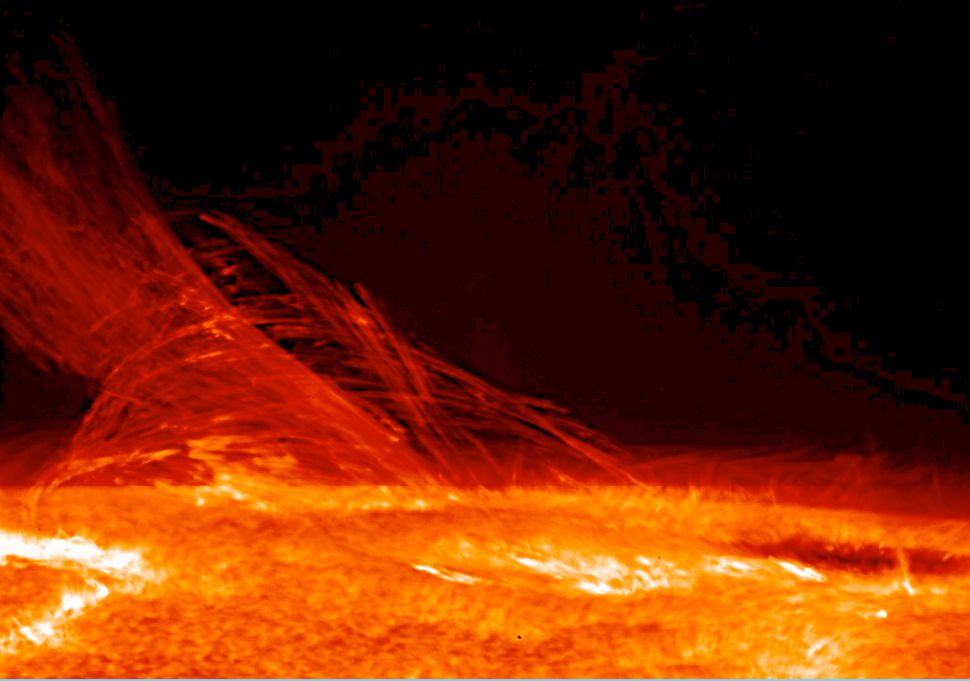


Sun corona. free#
The streamers mentioned by Downs, which are only seen during an eclipse, are wispy concentrations of plasma weaving in and out of the sun’s corona.Įventually becoming part of the solar wind, the streamers’ overall shapes and appearances are largely determined by free energy content as well as how and where heat is deposited in the corona. “High-performance resources such as Expanse are crucial for us to develop solar corona and solar wind simulations." ~ Linker “One great thing that eclipses provide is an uninterrupted view of coronal streamers and how they pinch off to become the solar wind,” he further explained. “Our prediction was pretty close this year, however, as there are always a few discrepancies.” “The sun’s magnetic activity had picked up quite a bit in the months leading up to this recent eclipse and the increased activity on the surface largely determines the shape of the solar corona,” said Cooper Downs, a research scientist at PSI. In addition to showcasing the breathtaking solar eclipse, such models provide important insight to how the corona is heated and how supersonic solar wind is accelerated in interplanetary space. (PSI), the prediction model was aimed at detailing the structure and appearance of the solar corona. Generated by solar physicists at San Diego-based Predictive Science Inc. When the moon covered the sun, the tenuous outer atmosphere of the sun, known as the solar corona, became visible but only to those located in certain regions of the South Pacific, Chile, and Argentina.Ī week before, however, everyone had a chance to see what the eclipse might look like thanks to simulations generated on the recently launched Expanse supercomputer at the San Diego Supercomputer Center (SDSC) at UC San Diego. Learning more could give us insight into how the corona is heated and other mysteriesĪs worldwide mandates prevented gatherings over the holiday season, crowds in Chile and Argentina donned masks and eye shields to take in some outdoor magic: a two-minute solar eclipse on December 14.The Expanse supercomputer was used to learn more about this phenomena.The sun's corona is only observable during a solar eclipse."That improves models of CMEs, opening the door to new science and leading to more accurate space weather forecasts."įollow Samantha Mathewson Follow us on Twitter and on Facebook. "With our technique, we can capture the dynamic beginnings of coronal mass ejections and see how they're born out into the heliosphere," Seaton said in the statement. 2 in the journal Nature Astronomy (opens in new tab), could help forecasters better detect and track solar eruptions, also known as coronal mass ejections (CMEs), that pose a potential threat to Earth. "We didn't think there was such a deep connection between these regions, but now we know they're interacting all the time," Seaton said in the statement. This video captures plasma in the sun's middle corona at two different temperatures (gold: 1.4 million degrees Fahrenheit or 800,000 degrees Celsius blue: 2.7 million F or 1.5 million C), revealing how the charged particles flow in and out of the middle region, creating a connection between the the inner corona and the outer corona, as well as the heliosphere.


 0 kommentar(er)
0 kommentar(er)
